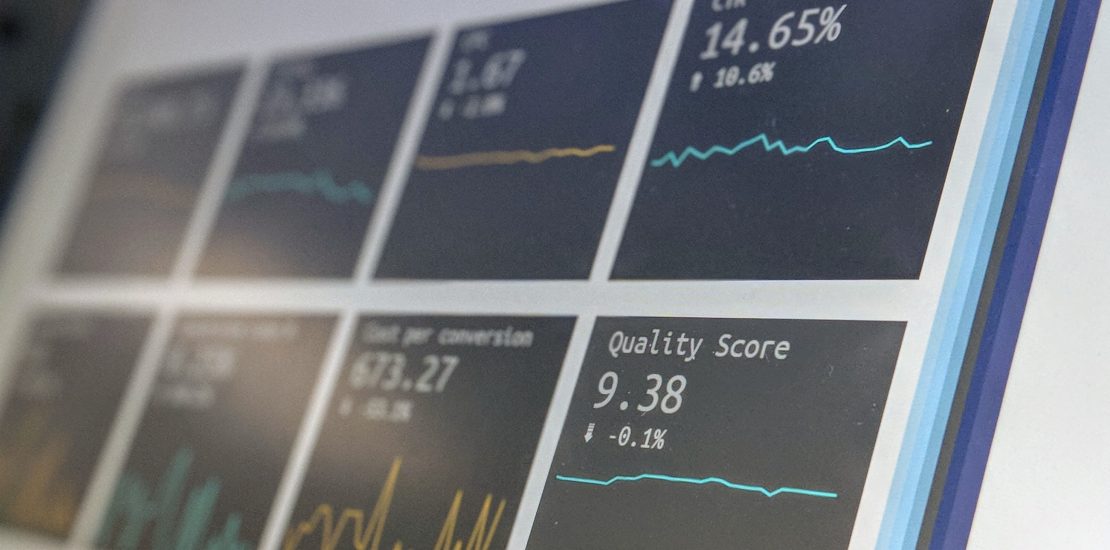Thought Leadership
Why are Businesses Who aren’t Government Suppliers Interested in Peppol?
November 26, 2021


One of the common misconceptions around Peppol eInvoicing has been that it is primarily focused on State and Government suppliers. This is hardly a surprise given the big incentives, through advanced payment terms, that State and Federal Governments have put in place to encourage adoption of their supplier base. Coupled with the mandates that have been put in place for the same State and Federal government agencies to be Peppol enabled it’s easy to see how a casual observer from a business that isn’t a government supplier would dismiss Peppol as not being suitable or even applicable for them.
Over the last 12 months we’ve been speaking with a lot of different businesses and government agencies about eInvoicing and Peppol and have seen quite an interesting trend over the last 6 months of those who are looking to become enabled on the Peppol network. In this article we take a bit of a look to understand why businesses who aren’t government suppliers are joining the Peppol network.
what’s in it for business-to-business transactions?
Since becoming an accredited Peppol Access Point in both Australia and New Zealand earlier this year, we’ve taken number of steps to educate our existing customer base on the benefits of Peppol and eInvoicing. Early on in the discussions it was focused around the widely advertised benefits of eInvoicing such as:
- Reducing invoice processing costs for buyers
- Extra security and confidence for suppliers and buyers in sending and processing invoices
- Greater quality of invoice data being captured
As the conversations progress deeper than these surface level benefits, what has really got businesses interested is the opportunity becoming Peppol enabled and actively onboarding key suppliers can deliver – a truly scalable and cost-effective way to create a digitally connected supply chain environment with suppliers. Additionally, when they factor in that the largest small business accounting platforms are becoming Peppol enabled (the likes of Xero, MYOB etc) businesses are also seeing a really cost-effective way to drive automation in their long tail suppliers.
what does a digitally connected supply chain mean?
A digitally connected supply chain broadly refers to an environment between a buyer and a supplier where all key processing and transactional data is exchanged directly between the buyers and suppliers systems. This includes the core transactional messages like:
- Product catalogue data
- Order data
- Order confirmations
- Advance shipping notifications
- Delivery notifications
- Invoice data
- Invoice confirmations
- Payment notifications
For most businesses visibility of core goods/services availability, expected delivery dates and payment times are critical to running a business more effectively. In the pandemic era this sort of real-time data can be the difference between surviving and thriving.
how have businesses connected with key suppliers in the past?
In short – at a high cost. Businesses connecting with their key suppliers to create that digitally connected supply chain is not a new concept, many businesses have invested a lot of time, effort and money into creating more integrated supply chains with their suppliers. This would usually be done by some sort of a custom integration, sharing data via in formats like EDI or cXML – which would usually require very specific IT technology and capabilities. This specialist capability has seen a rise in third-party integration companies who will design, build, implement and manage these interfaces for you, in a lot of cases both the buyer and supplier engage with a third party making it an expensive activity for both sides.
This has severely limited the viability of this type of connection for businesses under a certain size and really only reserved them for a business’s top suppliers and even then there is no guarantee that a supplier will also want to invest in this type of connection. The core issue has always been that each supplier that you connect with, the integration is largely customised specifically for that supplier – the opportunity for economies of scale by onboarding more and more suppliers just isn’t there.
how is peppol different?
Peppol brings a really important factor to this equation, a standardised framework for connecting – this drives the often touted ‘connect once, connect all’ benefit but it’s through the lens of a digitally connected supply chain where the benefit really comes to life. Both buyers and suppliers only need to invest in integrating with a Peppol Access point once, a cost that can then be spread across every single supplier that you then transact with through the network. Businesses can then enjoy the ever-scalable return on investment that connecting via the Peppol network can deliver.
It’s no wonder that over 80% of our current Peppol enablement projects are for businesses looking to transact with other businesses. Perhaps its time for you to see what all the fuss is about.




